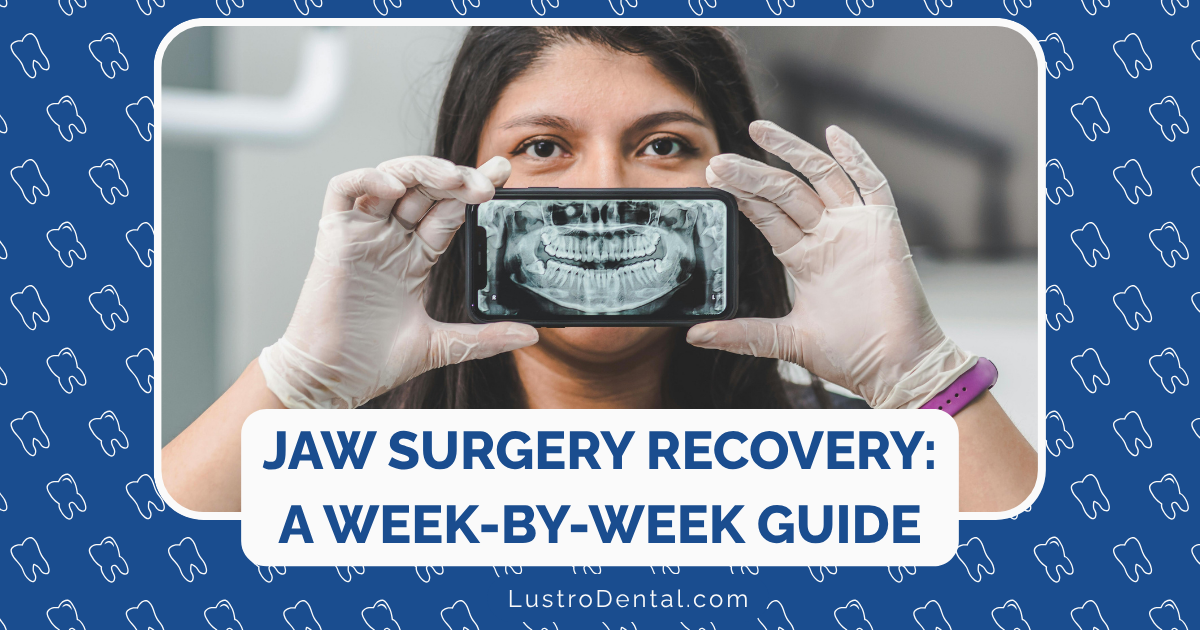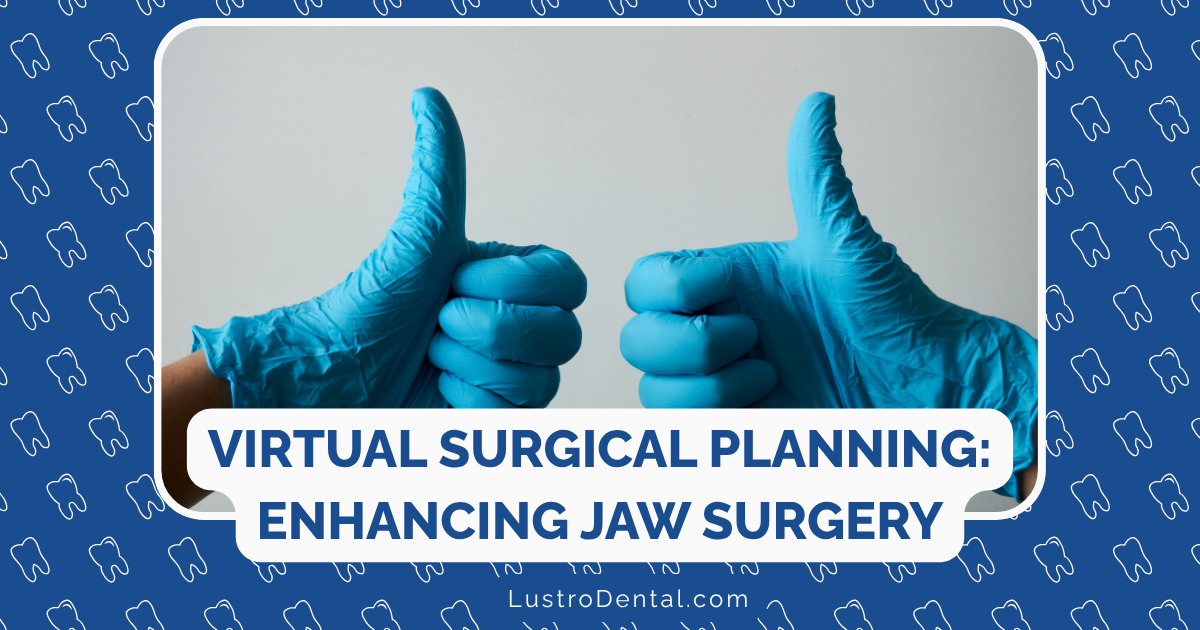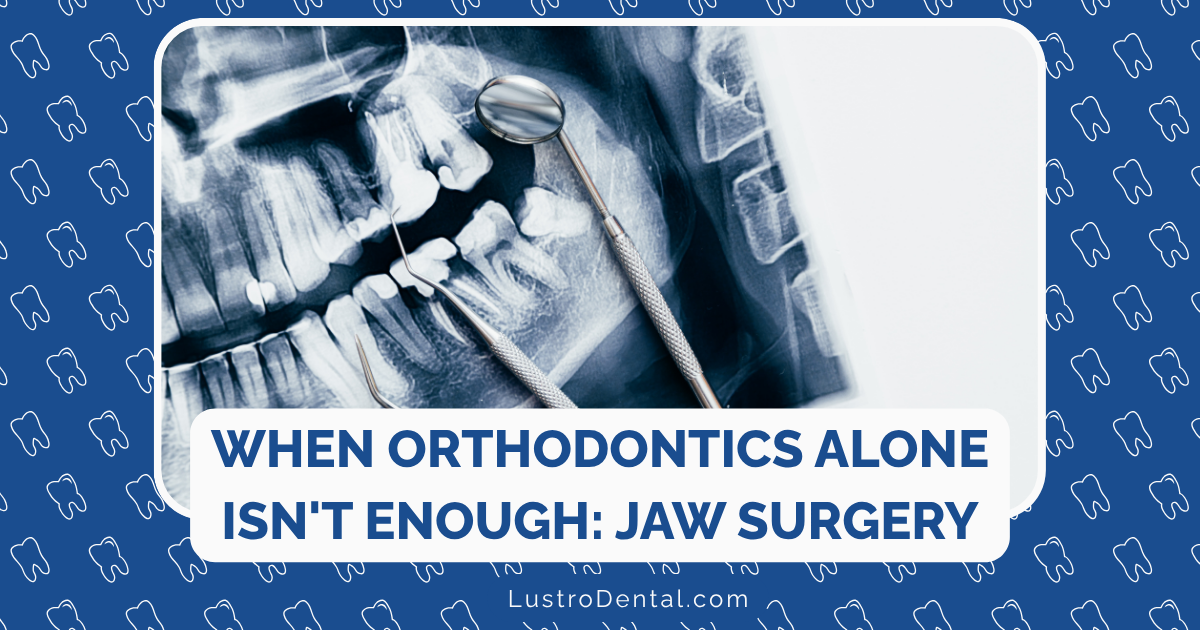The Patient Journey Through Orthognathic Surgery: Timeline and Milestones

When I first meet patients considering orthognathic surgery, their questions almost always revolve around the same theme: “What will this journey actually be like?” It’s completely understandable. Jaw surgery represents a significant life event—one that promises transformation but requires patience, preparation, and perseverance.
Having guided countless patients through this process, I’ve created this comprehensive timeline to help you understand what lies ahead. Orthognathic surgery isn’t just a procedure; it’s a journey that typically spans 1-2 years from start to finish. But the results? They can last a lifetime.
Understanding Orthognathic Surgery: More Than Just Cosmetic
Before diving into the timeline, let’s clarify what orthognathic surgery actually is. This specialized procedure corrects irregularities of the jawbones and realigns the jaws and teeth to improve function and appearance. According to the Cleveland Clinic, orthognathic surgery has an impressive 94% success rate.
You might be a candidate if you experience:
- Difficulty chewing or biting food
- Problems with swallowing
- Chronic jaw pain or TMJ disorders
- Open bite (upper and lower teeth don’t meet)
- Receding chin or protruding jaw
- Sleep apnea caused by jaw positioning
- Facial injury or birth defects affecting jaw alignment
Phase 1: Consultation and Planning (3-6 months)
Initial Consultation
Your journey begins with a thorough evaluation by both an orthodontist and an oral and maxillofacial surgeon. This team approach ensures comprehensive care tailored to your specific needs.
During this appointment, expect:
- Detailed facial and dental examinations
- Discussion of your concerns and goals
- Preliminary assessment of whether surgery might benefit you
- Overview of the treatment process
Diagnostic Records (1-2 months after initial consultation)
If you and your providers decide to move forward, the next step involves gathering detailed records:
- 3D cone beam CT scans
- Digital dental impressions
- Facial photographs from multiple angles
- Functional assessments of your bite and jaw movement
Treatment Planning Conference
This crucial meeting brings together your surgeon and orthodontist to:
- Analyze your diagnostic records
- Create a customized surgical plan
- Determine the exact movements needed for optimal jaw alignment
- Plan the pre-surgical orthodontic phase
Many surgical teams now use advanced 3D virtual surgical planning to visualize outcomes before surgery, allowing for more precise results.
Phase 2: Pre-Surgical Orthodontics (12-18 months)
This phase often surprises patients with its length, but it’s absolutely essential for surgical success.
Braces Placement
Orthodontic treatment begins with braces designed to:
- Move teeth into positions that will align properly after surgery
- Often make your bite seem temporarily worse—this is normal and necessary
- Create space for surgical cuts and movements
Regular Orthodontic Adjustments
You’ll visit your orthodontist every 4-8 weeks for:
- Progress evaluations
- Wire changes and adjustments
- Preparation for specific surgical movements
Pre-Surgical Consultation (1-2 months before surgery)
As orthodontic preparation nears completion, you’ll have a detailed consultation with your surgeon to:
- Review the surgical plan
- Discuss anesthesia options
- Address questions about recovery
- Schedule your surgery date
Final Surgical Planning (2-4 weeks before surgery)
The surgical team will:
- Take final records to confirm readiness
- Create surgical guides if needed
- Coordinate with your orthodontist to verify preparation is complete
- Provide detailed pre-operative instructions
Phase 3: Preparing for Surgery Day (1-2 weeks before)
Physical Preparation
- Complete any recommended pre-surgical physical therapy
- Stock up on liquid nutrition (protein shakes, broths, etc.)
- Prepare ice packs and cooling masks
- Fill prescriptions in advance
- Arrange your recovery space at home
Lifestyle Adjustments
- Stop smoking at least 2 weeks before surgery (longer is better)
- Avoid alcohol for at least 1 week pre-surgery
- Stay well-hydrated
- Maintain a nutritious diet to support healing
Mental Preparation
- Understand that temporary facial swelling is normal and expected
- Set realistic expectations about recovery timeline
- Arrange for emotional support during recovery
- Consider joining online support communities like Jaw Surgery Support for peer connection
Phase 4: Surgery Day and Hospital Stay
The Procedure
Orthognathic surgery is performed under general anesthesia and typically takes 3-5 hours, depending on complexity. The surgeon will:
- Make incisions primarily inside your mouth (leaving no visible scars)
- Reposition your jaws according to the surgical plan
- Secure the bones with titanium plates and screws
- Close incisions with dissolvable stitches
Hospital Recovery (1-3 days)
After surgery, you’ll:
- Be closely monitored in a recovery area
- Receive pain management and anti-nausea medications
- Begin learning oral hygiene techniques
- Start a liquid diet
- Meet with your surgeon daily to assess initial healing
Phase 5: Early Recovery (Weeks 1-6)
This phase is often the most challenging but also shows the most dramatic improvement.
Week 1: Maximum Swelling
- Significant facial swelling and bruising (peaks around day 3-4)
- Liquid diet through a syringe or cup with a spout
- Frequent application of ice packs (20 minutes on, 20 minutes off)
- Limited talking and facial movements
- Sleep with head elevated to reduce swelling
According to patients who’ve been through the process, the first 3-4 days are typically the most difficult. As one patient shared on MyCenter’s blog, “Movement is crucial as early as day 2. Even just walking around your home can enhance physical and mental strength, decrease swelling, and improve blood flow.”
Week 2: First Follow-up
- First post-operative appointment
- Removal of any non-dissolving stitches
- Initial X-rays to check positioning
- Guidance on jaw exercises if appropriate
- Instructions for transitioning to pureed foods
Weeks 3-4: Noticeable Improvement
- Swelling reduces by approximately 50-60%
- Transition to soft, blended foods
- Increased jaw mobility exercises
- Potential return to work/school for sedentary roles
- Improved energy levels and comfort
Weeks 5-6: Functional Recovery
- Approximately 75% of swelling resolved
- Expanded diet to include soft foods like pasta, fish, and well-cooked vegetables
- Increased physical activity (avoiding contact sports)
- Return to most normal daily activities
- Second follow-up appointment with surgeon
Phase 6: Intermediate Recovery (Months 2-3)
Month 2
- Return to orthodontic treatment (typically 6-8 weeks post-surgery)
- Further expansion of diet
- Return to more vigorous physical activities
- Continued improvement in facial definition as swelling subsides
Month 3
- Near-normal facial appearance (though subtle swelling may persist)
- Ability to eat most foods with some caution
- Improved jaw function and range of motion
- Adjustment to your “new normal” bite and facial profile
Phase 7: Long-Term Recovery and Adjustment (Months 4-12)
Months 4-6
- Post-surgical orthodontic refinement
- Resolution of most numbness (though some areas may take longer)
- Final adjustments to bite alignment
- Adaptation to new facial aesthetics and function
Months 6-12
- Completion of orthodontic treatment
- Removal of braces
- Retainer placement and retention plan
- Final surgical follow-up
The Emotional Journey: What to Expect
The physical timeline is only part of the story. Many patients experience an emotional journey that includes:
Pre-Surgery Anticipation
- Excitement about potential improvements
- Anxiety about the procedure
- Impatience during orthodontic preparation
Post-Surgery Adjustment
- Temporary regret or “surgical blues” during early recovery (extremely common)
- Frustration with swelling and dietary restrictions
- Adjustment to changes in appearance
Long-Term Satisfaction
- Increased confidence as final results emerge
- Appreciation for functional improvements
- Adaptation to your new normal
As one patient noted in an AEDIT article, “Despite the initial discomfort, the confidence boost I experienced after recovery made everything worthwhile. It changed how I felt about myself in ways I hadn’t even anticipated.”
Practical Tips From Those Who’ve Been There
Nutrition
- Invest in a good blender for meal preparation
- Focus on high-protein, nutrient-dense options
- Use meal replacement shakes to maintain calorie intake
- Track your weight to ensure you’re getting adequate nutrition
Comfort
- Use children’s toothbrushes for gentle cleaning
- Apply arnica gel to help reduce bruising
- Keep lip balm handy for dry lips
- Use a humidifier to prevent nasal and throat dryness
Mental Well-being
- Document your journey with photos to track progress
- Connect with others who’ve had the surgery through online forums
- Set small, achievable recovery milestones
- Practice patience—complete healing takes time
When to Contact Your Surgeon
While discomfort is expected, certain symptoms warrant immediate attention:
- Fever above 101°F
- Excessive bleeding
- Severe pain not managed by prescribed medication
- Significant increase in swelling after day 4
- Signs of infection (increased pain, redness, warmth)
- Problems breathing or swallowing
The End Result: Was It Worth It?
According to research published in the Journal of Oral and Maxillofacial Surgery, patient satisfaction rates for orthognathic surgery exceed 90%. Improvements typically include:
- Enhanced chewing function
- Relief from TMJ pain
- Improved speech clarity
- Better breathing and sleep
- Balanced facial proportions
- Increased self-confidence
While the journey is undeniably challenging, most patients report that the long-term benefits far outweigh the temporary discomfort of recovery.
Final Thoughts
Orthognathic surgery represents a significant commitment of time and energy, but it also offers transformative results that can improve both function and quality of life. The key to a successful experience lies in thorough preparation, realistic expectations, and trust in the process.
If you’re considering this journey, remember that thousands have walked this path before you and emerged with life-changing results. The timeline may seem daunting, but with proper support and preparation, you can navigate each milestone successfully.
Have you undergone orthognathic surgery or are you considering it? Share your experiences in the comments below.







